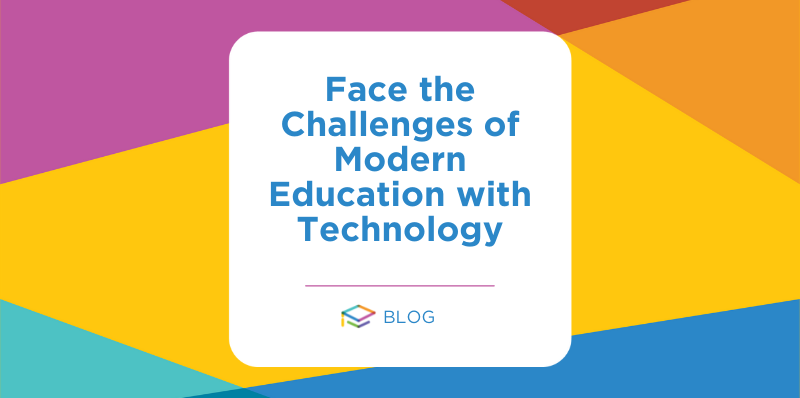Over the years, advancements in technology have increased our reliance on it. Almost every aspect of our life is integrated with technology, from how we shop and do our banking to how we communicate with family and friends. One of the parts of our lives most significantly impacted by technology is education. Gone are the days when exposure to technology in schools was limited to computer classes where students learned how to type on one of the school’s few computers and devices were prohibited on campus.
Today, technology is everywhere in schools – and at every level of education, from elementary school through university. With various education systems, apps, software, and devices created to make learning more easily accessible, more schools are utilizing these educational methods. In fact, many schools are extremely reliant on these new technologies, with modern amenities quickly becoming the norm for classrooms and administrative offices. While there may be growing pains setting up new edtech, schools soon find themselves reaping the rewards of modernization.
As schools throughout the world begin realizing how important it is to embrace technology and integrate it with their traditional setups, finding the right educational software for the job is key. Let’s take a closer look at what these products are and how they can solve day-to-day challenges in schools.
What EdTech is Essential?
Some traditionalists are still skeptical about the way technology works with education. The global pandemic has proven, however, both how important it is for schools to have technology solutions in place and how well these methods can work. As classes were forced to move online, we’ve seen firsthand how embracing technology allows schools to ensure that learning does not stop for unexpected situations. Here are a few examples.
Student Information Systems. An SIS keeps your school apprised of all student, teacher and family information in one system – such as grades, attendance, lesson plans, student medical information, transcripts, lunch orders, and much more. It reduces the number of places schools have to keep track of data, and provides reporting on almost every aspect of your institution. Teachers also love how much time they’re able to save. With educational software, they can store all their lesson plans and learning materials in one convenient location, freeing up room on their desks and in their filing cabinets. They can also record and review grades digitally, eliminating the chances of human error when manually recording grades.
Learning Management Systems. A variety of learning management tools have popped up over the years that help students prepare for university, make teachers lives easier, and provide data to help schools strategize. The best ones integrate seamlessly with your student information system. If a student misses a day of school, they can quickly get access to their homework – all they need to do is log into the school account to access all their study materials, with no need for requesting makeup assignments or contacting their teacher to see what they’ve missed. Another bonus? The system is standardized, so students never need to worry about unfair grading.
Admissions Tools. Prospective families are searching for your school online. And if there isn’t an online way for them to inquire, apply, and enroll for your school, they may move on to a more modern (sophisticated?) institution. FACTS Application & Enrollment allows your school see the full picture of your admissions funnel, so you can forecast enrollment trends at your school and accurately budget for upcoming school years.
Mobile Apps for Learning and Communication. There are countless educational systems and apps designed to examine and nurture the student from wherever they are located. They also allow schools to instantly communicate with families through push notifications. Imagine having all of the online tools your school uses in one school-branded place, plus the ability to message your families with important announcements. That’s what FACTS Family App provides.
These forms of technological education – such as student information and learning management systems – create efficiencies, as schools, students, and families can find everything under one roof. So, how does this software work?
Educational software like FACTS works to align the entire school and make it more inclusive.
The Solution to Common Problems
Unfortunately, many educational institutions still lag in adopting technology despite the many benefits of integrating it into their schools. Some of the most common problems that can be addressed with educational technology include:
- Lack of security for important student information
- Increasing stacks of years of paperwork that need to be kept for records
- Communication delays between teachers, administration, and students
- Loss of education due to circumstances like the pandemic or extended unplanned absences
- An unsustainable learning environment that uses large amounts of resources that negatively affect both the environment and the school’s budget
- Wasted time due to tasks such as checking papers and attendance which could be done within seconds digitally
- Increasing complaints from parents who feel as if they are excluded from their child’s academic life
With a modern world that is constantly solving problems with technology, educational software like FACTS can create a much better, efficient learning environment for students, teachers, parents, and administrators. From making it possible for students to learn from home to promoting sustainability and healthy learning environments, the time is now to embrace technology in the classroom.

